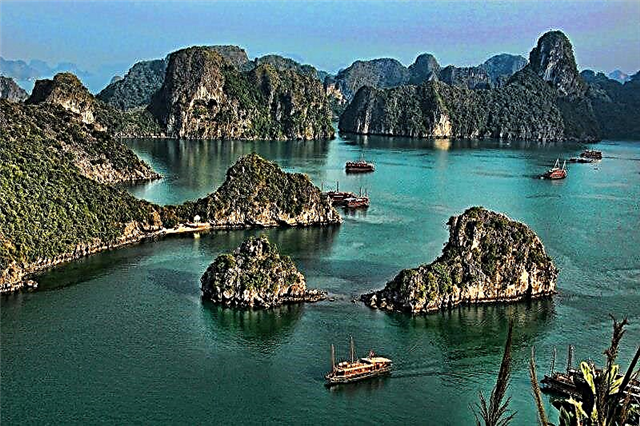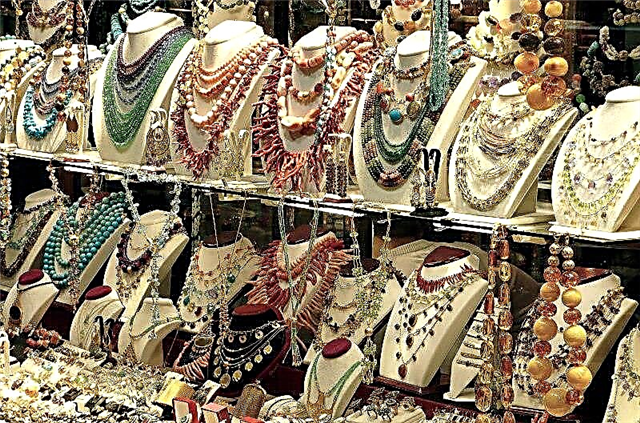There are not so many cities and villages visited by Tsiolkovsky. The famous scientist was born near Ryazan, in childhood he lived in Vyatka, and in his youth he moved to Moscow. Then he returned to Vyatka and Ryazan, where he passed the exams for the title of teacher. Tsiolkovsky wrote his first scientific works in Borovsk. At the age of 35, the scientist settled in Kaluga, where he lived until old age.
Tsiolkovsky Museum in the village of Izhevskoye

In the Tsiolkovsky Museum in the village of Izhevskoye
Although Tsiolkovsky is called "the great Kaluzhan", he was born in the village of Izhevskoye, in the Ryazan region. The boy was baptized in the St. Nicholas Church and named Constantine in honor of the priest who performed the baptismal ceremony. A museum in honor of the great compatriot was created here in 1967.
Today in Izhevsk materials are presented about different stages of life and scientific works of Tsiolkovsky, the history of the village and famous people who were born and worked on this land. The museum conducts lectures, excursions, exciting interactive activities, quizzes and games for toddlers and schoolchildren.
House-Museum of K. Tsiolkovsky in Borovsk

View of the house-museum of K. Tsiolkovsky in Borovsk
The memorial apartment is located in the house number 49 on the street that bears the name of the scientist. The museum in Borovsk was opened in the 1960s and worked on a voluntary basis for a long time. In 1997, the old two-story mansion was thoroughly restored, so the Tsiolkovsky Museum received a second life.
In a small provincial town, Konstantin Eduardovich lived for 12 years, started a family, wrote his first scientific works and gained experience in teaching. Tsiolkovsky taught arithmetic and geometry at the Borovsky district school. The museum's expositions occupy two floors. Tourists are shown rare scientific publications, original manuscripts, writing instruments and technical models made by the scientist himself.
House-Museum of K. Tsiolkovsky in Kaluga

View of the K. Tsiolkovsky house-museum in Kaluga
Kaluga Museum the founder of Russian cosmonautics - the most famous in our country. In a modest wooden house, on the outskirts of the city, not far from the Oka, Konstantin Eduardovich lived for 19 years. The museum exposition was created in 1936. Today, all the premises have exactly the same appearance as during Tsiolkovsky's life.
According to tourists, the most interesting exhibits are the personal belongings of Konstantin Eduardovich and his relatives, books, old photographs and rare furniture. Visitors can see a living room with a grand piano, a living room, a tiny kitchen, and a workshop with a corrugator and a lathe.
State Museum of the History of Cosmonautics named after K. Tsiolkovsky

View of the K. Tsiolkovsky State Museum of the History of Cosmonautics
The very first and largest in our country space museum, is located in the homeland of Russian cosmonautics - in the old Kaluga and bears the name of the theorist of space exploration. There are more than 75,000 exhibits in the museum fund. Guests can get acquainted with the bright pages of the history of aeronautics, the development of aviation, rocketry and space exploration.
Tourists from different parts of Russia and from abroad come here to see parts of real spaceships, spacesuits, simulators, food samples and personal belongings of astronauts. The halls display pieces of lunar soil, exact copies of Russian rockets, lunar rovers and artificial satellites.
Church of the Nativity of the Blessed Virgin Mary in the Grove

General view of the church in the name of the Nativity of the Blessed Virgin Mary in the Grove
Another attraction associated with the life of the great scientist is located in the village of Roshcha, near Borovsk. The stone Christmas church was built in 1708 with the money of the parishioners. In August 1880, under its vaults, the wedding of Konstantin Eduardovich Tsiolkovsky and Varvara Evgrafovna Sokolova took place.
The dastardly spirits bypassed the Nativity Church; it was never closed to believers. An old churchyard is located next to the building, where monuments and gravestones of the 18th-19th centuries have been preserved. The picturesque temple stands on the high bank of the Protva. Due to its good location, it is clearly visible from all around.
Tomb of Konstantin Eduardovich Tsiolkovsky

Monument at the grave of K. Tsiolkovsky
The founder of Russian cosmonautics died in September 1935 and was buried in the Pushkin Garden in the city of Kaluga. A year later, a monument to Tsiolkovsky was unveiled at the grave. The burial is surrounded by a circular platform with a diameter of 12.5 m with a fence on stone pillars. In the center rises a three-sided obelisk with a height of 14 m, which looks like a silvery rocket.
The Kaluga Memorial was designed by the architect B. D. Dmitriev, sculptors I. M. Biryukov and Sh. A. Muratov. In the upper part of the pedestal there are cast-iron bas-reliefs with a portrait of a scientist, images of Konstantin Eduardovich with his students and a rocket flying upward. Below, on the obelisk, there are memorable inscriptions with the dedication and years of Tsiolkovsky's life.











